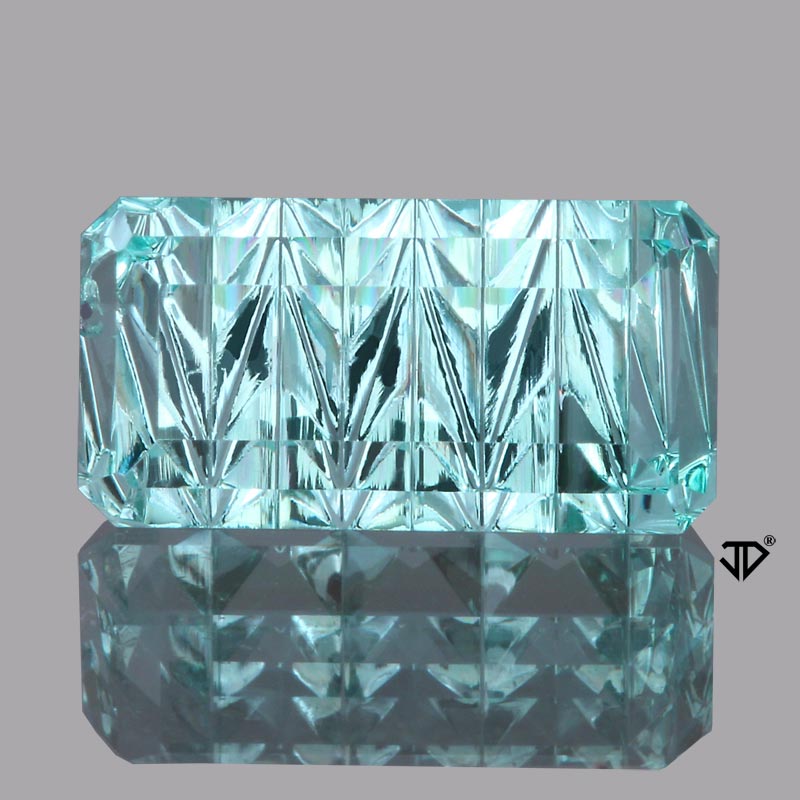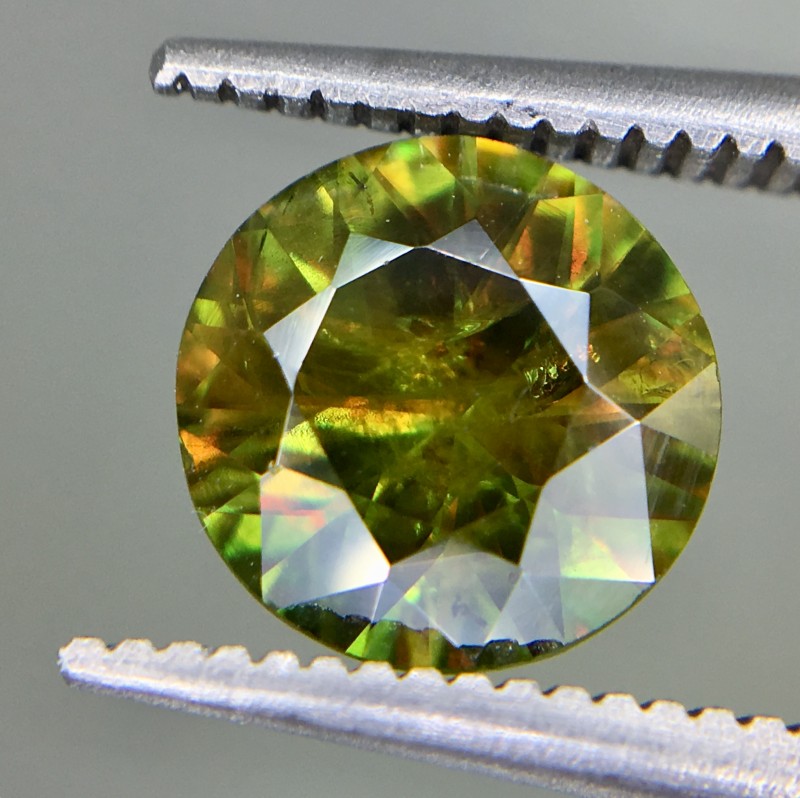
The notation system is decimal, allowing colors to be specified accurately. Chroma (saturation) is represented in whole units ranging from 2 (near-gray) in two-step intervals up to as high as 14 and 16 for the most vivid colors. Colors appear on these charts at value (lightness) intervals of one unit from 2 to 9. The major hues are abbreviated R,Y,G, B, and P, and the intermediate hues YR, GY, BG, PB, and RP.įurther subdivision results in forty hue charts in the Munsell Book of Color. The Munsell hue scale is based on five hues equally spaced around the hue circle (red, yellow, green, blue, purple) and intermediate hues (yellow-red, green-yellow, blue-green, purple-blue, red-purple). Munsell and extensively revised by the Optical Society of America (OSA) in 1943. Perhaps the most popular and widespread of the chart-type color-order systems is the one devised by A.H. (From Precise Color Communication: Color Control from Feeling to Instrumentation, p.17 courtesy of Minolta Camera Company, Ltd. Thus the need for accurate color measurements and specifications was firmly established before instruments and related color-order systems were available. (Some of these older systems, like Ostwald’s and Ridgway’s, are still used today). Biologists used Robert Ridgway’s system for classifying thousands of flora and fauna specimens. Architects and designers used Wilhelm Ostwald’s system for color selection and specification. Some of the color-order systems created during the early decades of the 20 th century were represented by charts made of paint colors coated on paper. Not surprisingly, there are also many color-order systems. The color solid can be subdivided in many ways.

This results in a classification known as a color-order system. Subdividing the color solid into smaller units and giving each a name or set of numerical coordinates can achieve color specification. (From Precise Color Communication: Color Control from Feeling to Instrumentation, p.9 courtesy of Minolta Camera Company, Ltd. The range of chroma varies with both hue and lightness, making the color solid an irregular shape, rather than a simple ovoid or sphere.Ĭolor solid. The chroma (vividness) of the hue increases moving outward from the central axis. Lighter shades of this hue are near the top of the section, darker shades at the bottom. A section along a specific radial direction of the color circle is designated as a specific hue. Chroma can be seen in vertical sections of three-dimensional color space. SaturationĪlso called chroma, saturation is a measure of the amount of hue in a color, its vividness, or how much it differs from a gray of the same lightness. Lightness can be visualized in terms of a vertical axis with white at the top and black at the bottom. Note, however, that all chromatic colors can also be scaled to lightness as a function of their total reflectance. Japan).Īlso called value or tone, lightness is a scale with white and black as endpoints and shades of gray in between. (From Precise Color Communication: Color Control from Feeling to Instrumentation, p.8 courtesy of Minolta Camera Company, Ltd.

These hues can be readily visualized in terms of a color wheel.

Hue is the attribute we are describing when we speak of red, yellow, green, blue, purple, and other hues intermediate to adjacent pairs in this series. These dimensions are termed hue, lightness, and saturation. These charts are sections of what we may refer to as three-dimensional color space. However, before such instruments were available people had to rely on visual systems such as color charts for specifying color. Objective instrumentation is now routinely used in these fields. The science of colorimetry is well established in almost all areas of endeavor where color is important, such as paint, plastics, textiles, and other industrial and consumer materials. The color-chart materials (printed colors and transparencies) are of insufficient quality to prevent variations in production runs. They don’t offer enough detail in the ranges they do cover, and 3. They don’t adequately cover the total range of gem colors, 2. None of these systems are satisfactory for gemology, chiefly because: 1. Until the mid-80s, little progress was made, despite the appearance and widespread promotion of various color-chart systems. The Limitations of Color-Chart Systems for Gemstone Color Measurements

The Limitations of Color-Chart Systems for Gemstone Color Measurements.(From Precise Color Communication: Color Control from Feeling to Instrumentation, p.19 courtesy of Minolta Camera Company, Ltd.


 0 kommentar(er)
0 kommentar(er)
